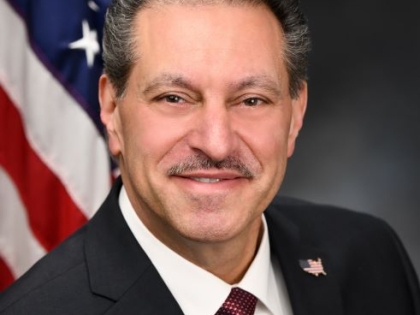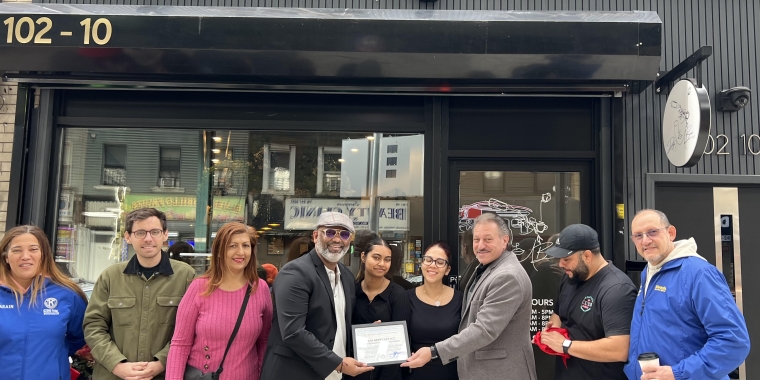
Op Ed - Election machines

New York State Sen. Joseph P. Addabbo Jr. is Chairman of the Senate Elections Committee
In a recent vote, the New York City Board of Elections chose the Elections System and Software DS200 optical scan voting machines to replace our aged lever machines. The new machines will be used in this fall’s primary and general elections and will bring greater efficiency and accuracy to the electoral process, while ensuring that every vote cast is counted accurately.
As we prepare for this change, I want to assure all New Yorkers of their reliability. The State Board of Elections engaged in a long and meticulous process over almost three years, and examined every aspect of the programming and operation of these voting machines, including reviewing millions of lines of code, to make sure that they are trustworthy and accurate.
During 2009, the Senate Elections Committee took additional steps to ensure that these machines would meet the highest standards and are trustworthy and reliable. In an extensive series of state-wide hearings, the Committee received input on the machines from elections commissioners, the machine manufacturers and interested members of the public. Last fall, the State Board also instituted a pilot program using optical scan machines in 47 of our 62 counties, which proved one thing: these machines produce results that the public can trust.
Voters can also be assured that although we are eliminating the lever, we are instituting the use of paper ballots that are a permanent record and can be used for an audit of the machine results in a close or suspect race, if necessary.
While some concerns have been expressed regarding privacy due to the layout of the poll sites, as well as difficulties some poll workers have had in operating these machines, these are easily curable election management issues that have nothing to do with reliability. The only instances when the machines reportedly failed to count a vote were when the voter incorrectly marked the ballot in a way that indicated their intention but could not be read by the machines, such as by circling a candidate’s name instead of filling in the bubble next to the name. The machines showed a minimal miscount, mainly from people inserting their ballots incorrectly. There were minor privacy issues, but they were easily rectified.
Throughout this year, the New York State Board of Elections will work with personnel from Elections Systems & Software to run a series of compliance tests to ensure proper functioning and accuracy.
After the machines are delivered to New York City, they will undergo even more testing before being used for the first time in this September’s primary elections. I encourage and will work with the Board of Elections to inform and train our voters and poll workers to ensure an efficient Election Day operation this year. All New Yorkers can be confident that they will have the most trustworthy and reliable voting machines that are available anywhere.
As we make this transition to optical scan voting machines, I look forward to working with individuals across our city to educate voters on their use. I also plan on working with the City Board of Elections to reach out to different communities and districts to ensure they have the necessary resources to successfully complete this transition.
I am concerned about the education of our poll workers, as well. As Chair of the State Senate Elections Committee, it is my intention to pass whatever legislation we can to make the administration of our elections easier and more effective, such as by allowing poll workers to work half-day shifts, and there is substantial support in the Senate for reforms to accomplish that.
My goals this year as Elections Committee Chair will continue building upon the priorities we had last year: to increase voter turnout because we’ve made the voting process easy, enjoyable, more accessible and efficient. #



